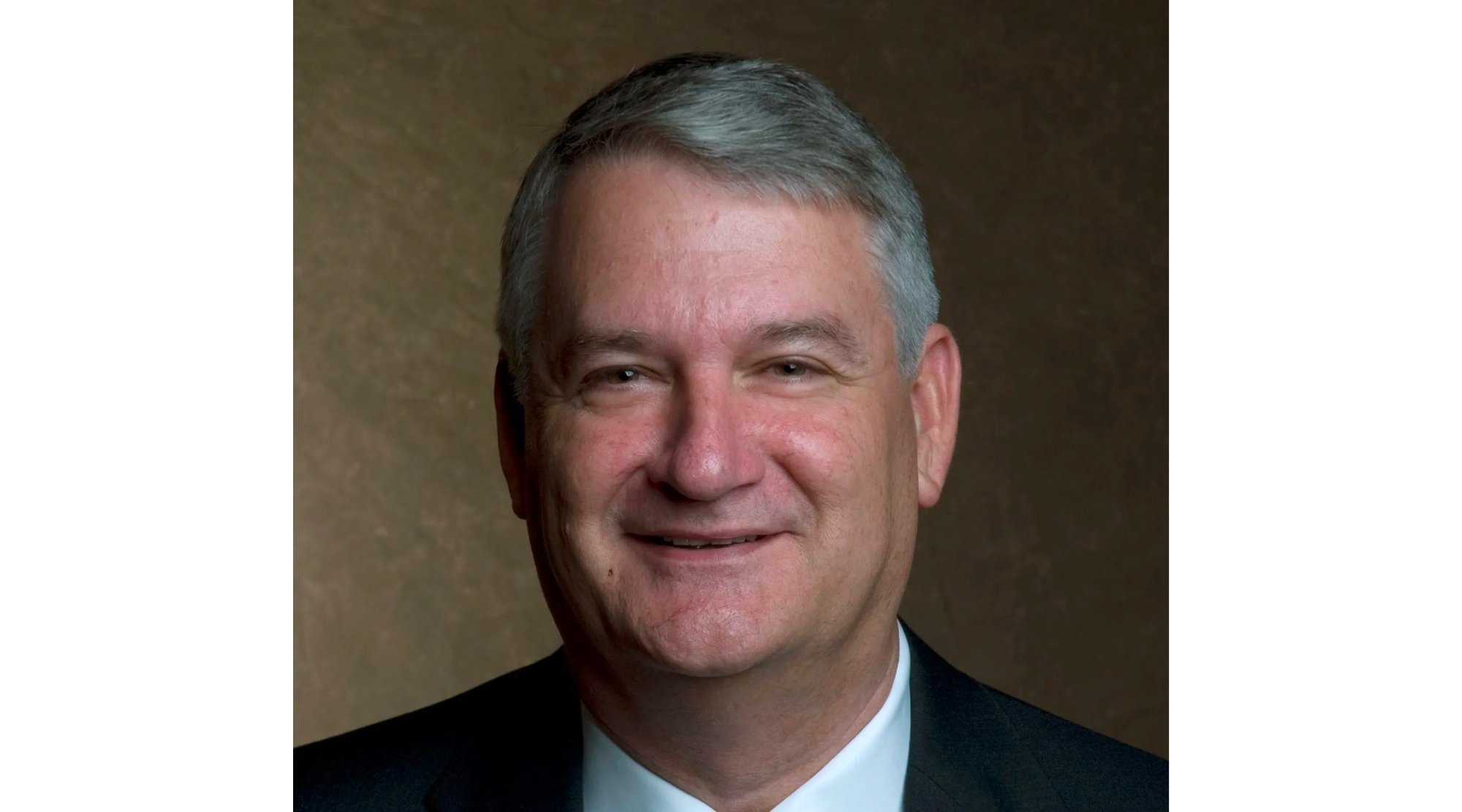The hope of the future
Published 4:37 pm Tuesday, May 31, 2016
My father was a veteran that served during the Korean War. He was fortunate enough to return, have children and grandchildren and become successful in almost all phases of his life. He passed away 15 years ago and has been on my mind lately, not just because of Memorial Day, but also because of my visit to a facility in Mobile that is fighting to find a cure for the disease that killed my father; cancer.
The Mitchell Cancer Institute is a part of the University of South Alabama, which has become a valued partner to the city of Donalsonville in our Internet Project. Founded just 15 years ago, I have long been aware of the work they are doing in fighting cancer. However, my tour of MCI, as it is known, opened my eyes to just how much progress has been made in the fight against the #2 killer of adults in America.
In the year 2000, the president of the University of South Alabama (USA) commissioned a needs and economic analysis for the establishment of an academic cancer center at USA. That president was Dr. Gordon Moulton, a native of Donalsonville, who is still revered on the campus for his vision and leadership at the university.
Gordon was the brother of Anne Moulton Odom, and the first cousin of Roy & Frieda Moulton, who were all well known within our community. Gordon’s father, John Curtis Moulton, was a farmer near Mayhaw. His mother, Gwen, worked for several decades at Thomas 5 & 10 while raising her family.
Dr. Moulton’s portrait hangs in the beautiful lobby of MCI, along with three members of the Mitchell Family, whose incredible generosity has helped make the dreams of so many become a reality.
In addition to the Mitchell Cancer Institute, the basketball arena and the College of Business are also named after the Mitchells in recognition of their significant contributions to the university.
I could recite the technical details of the incredible work being done at MCI, but like me, most reading this article would struggle to understand the level of science and technology behind all the research being done there.
I met with scientists working on the very cancer that killed my father. I talked at length with another PhD about his research in attempting to find markers to provide for earlier detection of pancreatic and ovarian cancer.
I glanced at single cells in a $2.5 Million microscope, literally light years ahead of the small microscope I first glanced through in middle school science class. I saw work being done with cells harvested from a live tumor less than an hour removed from a body, and other research being done with tumor cells that are decades old.
Everywhere I turned I met with extraordinarily bright people who were passionate about their work. It was like a family working together to make a difference in other people’s lives. There were so many different areas of specialized research, all working to find a solution to their piece of the puzzle. Only then could the next stage of research begin to examine new and different possibilities.
It seemed somewhat like an auto factory, where people were performing specialized tasks on assembling the car without knowing what someone else was doing on down the line.
Of course, MCI isn’t an assembly line at all. It is a place where huge amounts of money have funded the purchase of incredibly sophisticated equipment, which is then used by some of the brightest and the best scientists, researchers and doctors in the world.
Departing one lab, I told the scientist that I didn’t understand everything he had just told me, but as a human being whose life has been touched by the cancer of family and friends, I wanted to shake his hand and let him know how encouraged I felt after being exposed to the work being done at MCI. Their research gives me great hope for the future.


